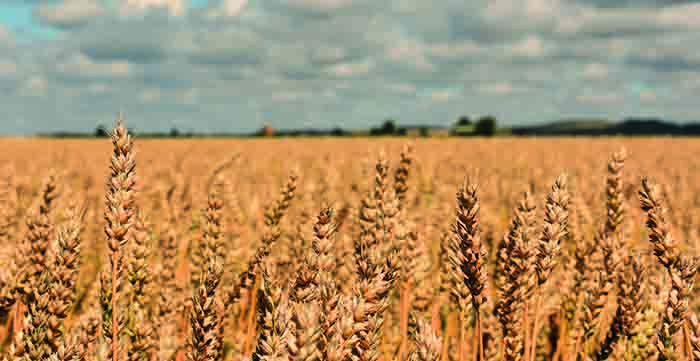I’m starting to feel very old, having been telling young whippersnappers what the drought year of 1976 was like and how this year’s drought compared. For me it was the year that I really fell for farming. The year started, aged 11, with a school trip to a large, very mixed farm, on a cold January day, when they were lambing.
I surprised myself with my knowledge of all things agricultural and how interested I was, when all my mates were into all things science fiction. The long hot summer of that year involved being despatched for a couple of weeks to an uncle in Kent, again with a mixed farm as well as trips out with my farm machinery company executive father to see various pieces of farm machinery at work.
I remember all of those things quite vividly as it was the point at which I knew that I had to be a farmer. It was in my bones.
Anyway, it’s a very good job that it’s taken over 40 years for anything like the 1976 drought to reappear. Here, straw yields and quality were excellent as long as it was from winter cereals, spring sown stuff was completely different. However, we in the UK know nothing. On my visit to New South Wales in February, it hadn’t rained in the Upper Hunter River Valley area for 10 months and it’s still too dry. It did threaten to rain when our host held a barbecue for us to meet the neighbours but even then it skirted round where we were.
Matt, our host, was keeping his 150 outdoor sows cool in the 40oC heat by full-on irrigation, which also helped keep vital ground cover in tact. The irrigation system was a result of the farm being a former vineyard, which Matt was gradually pulling up to make way for the more lucrative (!) pigs. At least in that area they have the advantage of river water. In Western Australia, there were no rivers and the borehole water was saline, as we saw on an earlier visit.
For us, the dry spell was not particularly hot for a long while and temperatures in the 30s crept up on us, by then the struggle was not only keeping the sows cool but also my team. Thank goodness for air conditioned tractors and the local shop stocking up with large quantities of bottled water. The pig’s water problems were not as easily solved though. Our main borehole couldn’t keep up with the demands and to put icing on the cake, an underground main developed leaks, twice in the space of a month. So the bowser was in constant use.
As rain falls down outside, we got through it. The borehole system has been upgraded, the sows look well, piglet weaning weights fell, but not as badly as in the last couple of years. I’m not looking forward to seeing how much conception and subsequent farrowing rates will have tanked, so the effects will be seen for some time yet.
Chris Fogden is a first-generation farmer and Nuffield Scholar. He owns and manages 950 outdoor sows on 40ha of rented land within the rotation of a large Norfolk arable estate




